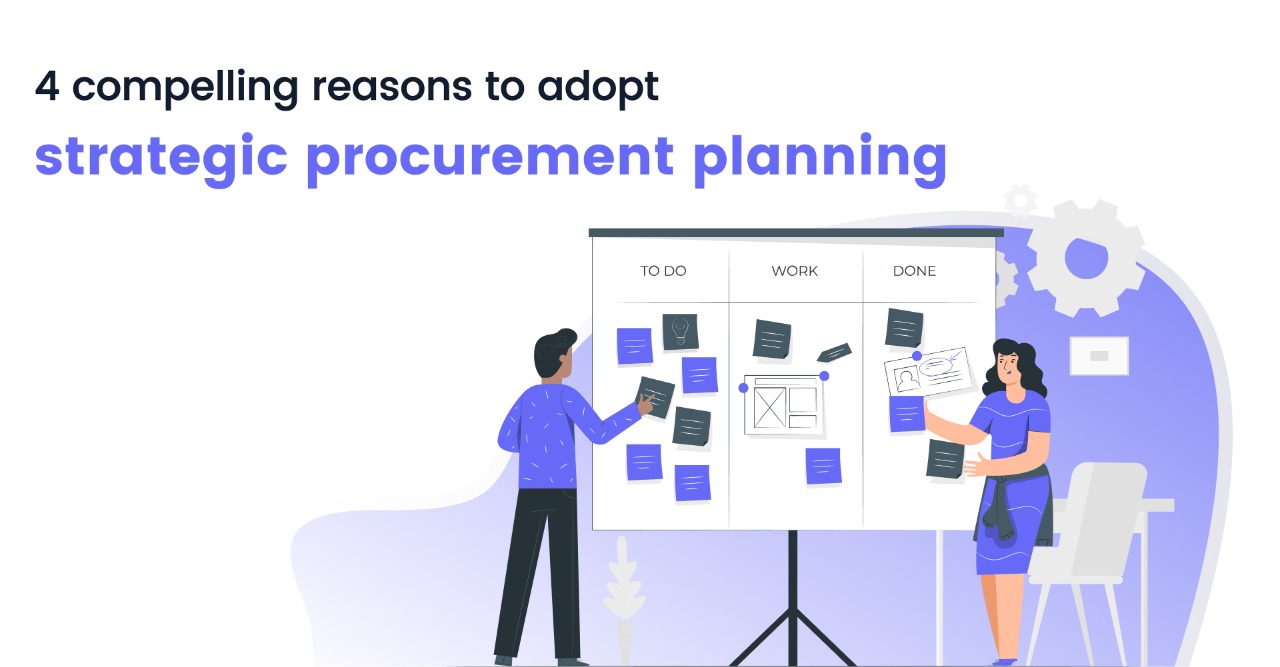According to Deloitte, integrating disruptive technologies into the supply chain can enhance procurement planning in supply chain management.
Procurement planning answers a few questions like, what to buy, when to buy, and from where to buy. During this planning process, procurement methods are assigned and expectations are communicated. There are many elements in procurement like sourcing vendors, predicting demand, determining quality standards, negotiating prices, and managing contracts are some of the crucial steps that need strategic focus for improvement. Rapid advancements in digital technologies are reshaping the supply chain and thereby transforming the function of procurement.
Role of procurement planning in supply chain management
1. Minimizes costs: As part of procurement planning, companies can strategically source products and select suppliers that will lower the cost of production. When procurement is planned effectively, it leaves plenty of time to manage operations and negotiate prices with vendors. If a business has not taken the time to set up a procurement management plan, then it will have a smaller time frame to get quotes from multiple vendors, negotiate prices, and potentially reduce the cost of the goods.
2. Increases transparency: With procurement planning, businesses get a better overview of the supply chain, and every stakeholder can easily collaborate to optimize this process. As the procurement plan is created with inputs from every department, it improves the transparency and predictability of the process. For any reason, if a business encounters an obstacle during supply chain management, there will be no ripple effect across the whole supply chain. As there is a clear pathway defined for the procurement and every stakeholder is informed throughout the chain, any barrier can be addressed quickly.
3. Aids long term strategy: Through procurement planning, businesses can measure the performance of the current strategy in comparison to their previous procurement management plan. This will not only help them in perfecting their procurement planning but also help in creating a model that can be re-use and modified for future projects. Businesses can take what works and discard what does not work to optimize their procurement plan and, thereby, the whole supply chain management process.
4. Predicts extra resources: Procurement planning in supply chain management takes into account extra stock that would be needed during peak periods. Supply chain management often involves predicting demand according to past data. Demand forecasting, in combination with the procurement planning process, can help to source the extra materials so that businesses do not have to scramble to complete the manufacturing process at the last minute.
The procurement management plan is made by analyzing market trends, peak seasons, and past transactions to understand the surge in demand. Knowing when your business will receive increased purchase requests will help you better prepare with extra resources and make sure that the acquisition of these materials fits within your budget.
Procurement planning in supply chain management is just one part of a successful supply chain solution. A business can master this part easily using a digital platform called supplymint.
